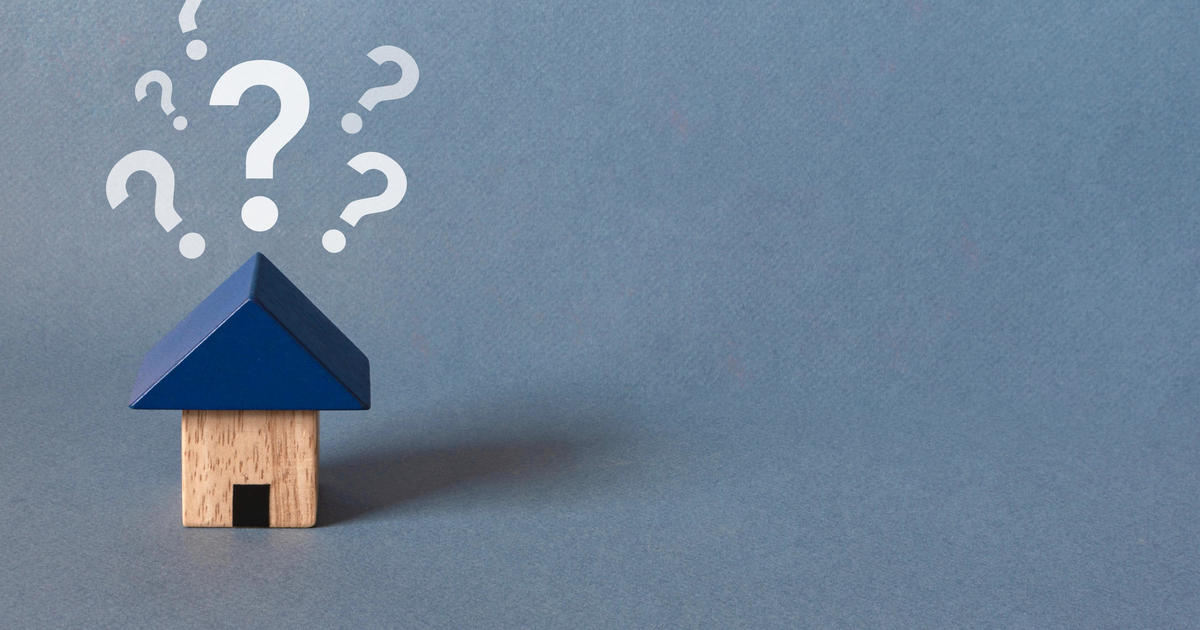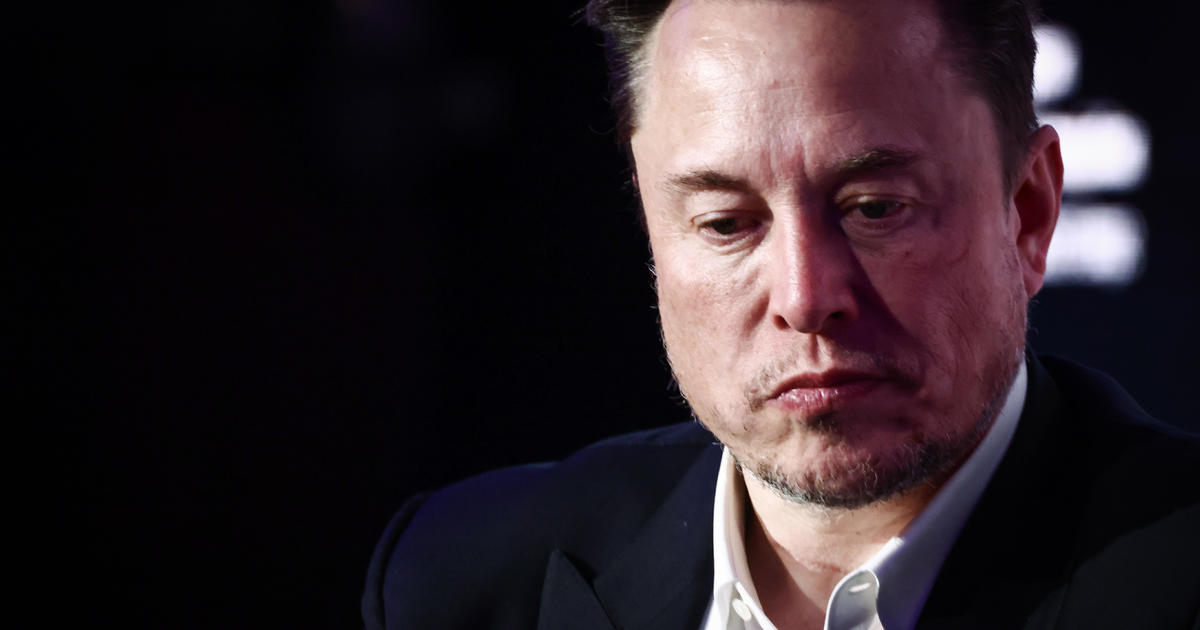When will you get the COVID-19 vaccine?
The initial push to distribute COVID-19 vaccines around the U.S. has been sluggish, reflecting many of the same problems that has allowed the disease to rampage across the country. Government efforts lack coordination, as a patchwork of federal, state and local authorities struggle to implement dozens of disparate plans. Millions of people are wary of being inoculated, polls suggest, just as millions still resist wearing masks despite the nearly 370,000 deaths from the disease. Vaccine misinformation and conspiracy theories are rife.
Despite such hurdles, public health experts express optimism that the vaccination campaign will soon pick up speed. Economists also predict a swift recovery in activity by consumers and businesses as infections slow and the country nears "herd immunity" later this year. Here's a look at why the rollout is lagging and when most Americans can expect to get vaccinated.
Why isn't the U.S. moving faster to vaccinate people?
As of January 11, 25 million doses of a coronavirus vaccine have been shipped to hospitals and specialty pharmacies nationwide, according to the U.S. Centers for Disease Control and Prevention. Although the pace of distribution has been picking up, less than 9 million doses — or about a third —have been administered since vaccines began shipping on December 13. At that pace, it would take more than three years for the entire U.S. population to be vaccinated.
A range of factors are holding up vaccinations. The biggest problem, experts say: There is no overarching federal plan to inoculate Americans nationwide. The Trump Administration has mostly left it up to the states to decide how to distribute and administer the vaccine. What's more, the federal government was slow to approve funding that the states said they needed to administer the vaccine.
"It's federalism at its worst," said L.J Tan, a vaccine expert and chief strategy officer for the Immunization Action Coalition, an advocacy group.
A number of states also appear to have had experienced major snafus in commencing vaccinations. In Arizona, a problem with a scheduling software left two of the five vaccinations locations in Maricopa County, which is the state's most populated area, empty for days at the beginning of the vaccine roll out. The problem has been fixed, and Arizona's governor has announced changes to address the delays. But distribution in the state remains sluggish. Through January 11, more than 75% of the doses that have been shipped to Arizona have yet to be administered.
Another possible factor: Many people are refusing to be vaccinated. In early January, the governor of Ohio said that as many as 60% of nurses in the state were opting out. Dr. David Basel, vice president of Sioux Falls, South Dakota-based Avera Health said the vaccine refusal rate he has seen is more like 25%, and is most common a concern among pregnant women.
Who is getting the first vaccine doses?
Vaccines aren't being offered on a first-come, first-served basis. When you will get the vaccine depends on your age and what you do for a living. It also might matter where you live.
Originally, the federal government and states said that the first doses would go to hospital workers as well as nursing home residents and staff. But in the past week several states, including New York, have reversed that stance and are now offering the vaccine to older people, as well as teachers, firefighters and other first responders. Those groups account for about 50 million Americans.
Who comes after health and safety workers?
To speed up distribution, the federal government on Tuesday gave states permission to vaccinate anyone over the age of 65, as well people over 16 with a prior health condition, such as asthma or diabetes, that would make them more likely to get severely ill if they contracted COVID-19.
Ultimately, however, it is states that make the final decision on how to distribute vaccines. A number of states have started to distribute doses beyond medical workers, but it's unclear how many will begin providing it to all older Americans.
The federal government has said "essential workers" should be next in line. But who exactly is defined as an essential worker remains unclear.
The problem: Some 204 million Americans fall into of these categories — essential worker, at greater risk of a severe COVID-19 case or over 65. That's far more than the amount of vaccine that the U.S. currently has on hand.
When will vaccines be more widely available? Will there be enough to go around?
The U.S. has ordered as much as 1.2 billion doses of various coronavirus vaccines. That's more than enough to inoculate the entire American population.
But that tally includes orders for some vaccines that have not yet been approved. Some, like the 500,000 doses of the Oxford University-AstraZeneca vaccine that the U.S. has ordered, are likely to be delivered. Less certain is the 100,000 doses ordered from drugmakers GlaxoSmithKline and Sanofi. The testing of that vaccine was suspended in December because of its low efficacy rate and hasn't been resumed.
Even the 400 million doses the government has purchased of the Pfizer-BioNTech and Moderna vaccines, which are the only two approved for use in the U.S., aren't entirely available yet. The two companies have delivered 45 million doses in total so far.
Another 75 million doses of the Pfizer vaccine are expected to be delivered by the end of March, with another 75 million doses to follow over the next three months.
As for Moderna, the company has agreed to deliver 180 million doses on a rolling basis, with the last shipments arriving by the end of June. That translates to about 30 million doses a month starting in January.
Because 400 million doses of the two-dose vaccines will only be enough to vaccinate 200 million people, COVID-19 vaccines will likely not be available for everyone in the U.S. until the Oxford-AstraZeneca vaccine is approved for use in the U.S., possibly this spring. The government has not released a timetable for when the 500,000 doses it has ordered of the two-dose vaccine will be delivered.
What can be done to speed up vaccinations?
Vaccine distribution has picked up recently, with about 700,000 doses a day being administered in the second weekend of January. Still, experts say that upwards of 2 million Americans need to be inoculated per day in order to reach herd immunity by spring — achieved either through vaccination or people being exposed to the virus. For now, that target seems optimistic.
The U.S. distributes about 80 million doses a month of the annual flu vaccine each fall. Tan of the Immunization Action Coalition thinks COVID-19 distribution could reach nearly the same pace. Given that the vaccines all require two doses, roughly 40 million Americans a month could be vaccinated.
At that pace it would take nearly seven months before 80% of Americans were vaccinated, the threshold the CDC estimates would be needed for life to return more or less to normal in the U.S. It also suggests that most people won't get their shots until at least the second half of the year.
In early January a number of officials, including U.S. Surgeon General Jerome Adams, encouraged states to start distributing vaccines more widely, instead of reserving the majority of doses for health care workers or those most at risk.
But it's not clear opening up vaccine eligibility to the general public would pick up the pace of distribution. Florida, for instance, has allowed anyone 65 and older to sign up for the vaccine. The result has been long lines, and not much more success at distributing the vaccine.
As of January 11, according to CDC data, Florida had distributed less than 40% of the vaccine it had received from the federal government in the past month. That puts it on par with other states, like New York, which until recently had been giving the vaccine only to health care workers.
"If you are going to open it up to everyone, then you need to make sure you have vaccination access points," Tan said. "They were not ready for it, and that's what is happening in Florida."
Do I have a choice of which vaccine to take?
For now, most Americans will have to take whatever vaccine they are offered. That may change in the second half of 2021 as more vaccines are available, but it could require going to the back of the line if you are eligible to get vaccinated and the vaccine available at the time is not the one you want.
The good news is that there appears to be little difference between the two currently available vaccines. Both are over 90% effective, require two shots and have been shown to produce only mild side effects — including fevers, headaches and arm soreness — in about 20% of all patients.
As of yet, neither vaccine has been approved for kids or teens. The Pfizer-BioNTech vaccine has been cleared for people 16-years-old and up. The Moderna vaccine has been authorized for people 18 and older.
A big change could come if Johnson & Johnson's vaccine, which only requires one shot, is approved. But that won't happen in the U.S. until the spring at the earliest, observers said, and even then there will only be 100,000 doses of that vaccine — targeted at poorer nations — available for Americans.



